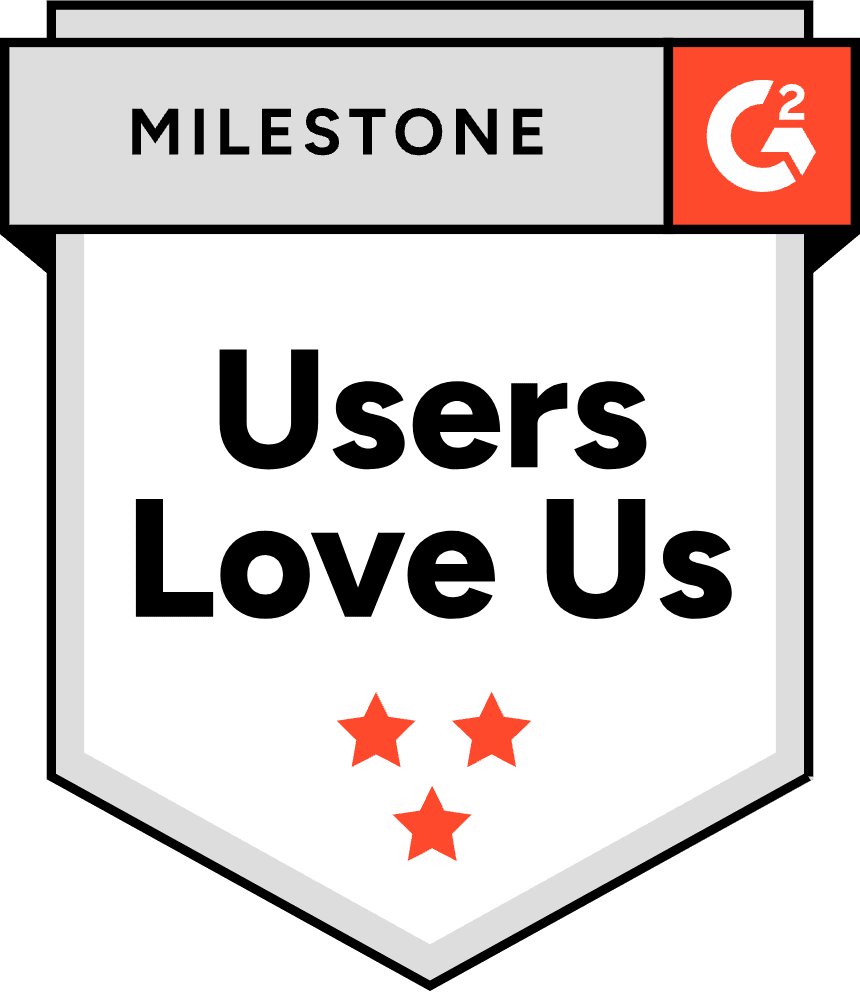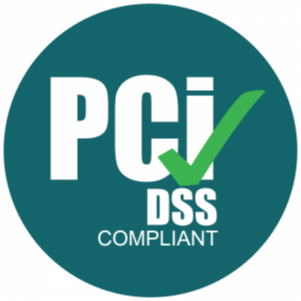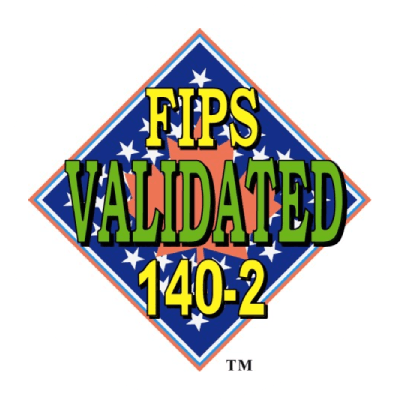Posted by Suresh Sathyamurthy
December 23, 2024
It is no ‘secret’ that Identity security, specifically those with non-human identities, has become the leading cause of breaches. Cloud transformation and AI has created an unprecedented number of non-human entities or machines. These machines have identities, and in many cases secrets (like credentials) used to authenticate them. These machine identities, critical for securing inter-machine communications, need robust detection, management, protection and secure access. Non-Human Identity Management (NHIM) emerges as a solution to ensure the secure lifecycle of these identities, mitigating risks and enhancing operational efficiency.
The purpose of this blog is three fold:
- First, address what non-human identity management is and how is it associated with more established terms like Machine Identity management
- Second, share what the three core capabilities of a NHI Platform should be
- Third, why we believe a unified secrets and non-human identity platform strategy is the most comprehensive strategy for enterprises to govern secrets, NHI and/or machine identity management in the market today.
What Is Non-Human Identity Management?
Non-Human Identity Management (NHIM) refers to the discipline of identifying, managing, and securing the identities of non-human entities, such as applications, containers, microservices, and devices. These identities function as credentials, ensuring authentication, authorization, and secure communication across IT environments. Examples include API keys, certificates, encryption keys, and other machine-generated secrets.
Managing these identities ensures that machine-to-machine interactions are trustworthy, eliminating vulnerabilities that attackers might exploit. The management of secrets and non-human identities have become increasingly critical as they are now the leading cause of breaches and non-human identities continue to grow at an unprecedented rate, now approaching 50 non-human identities for every human identity.
Examples of Non-Human Identities
Non-human identities (NHIs) exist across nearly every system, application, and workflow used by modern organizations. They’re generated by automation tools, cloud infrastructure, SaaS platforms, and DevOps pipelines—often without centralized visibility or control.
Regardless of their function, every NHI has access to systems or data. And in many cases, that access is more than they need, no longer relevant, or not governed at all.
The most common types of non-human identities include:
- Service Accounts: Used by applications, scripts, or backend services to connect with databases, APIs, or infrastructure components. These accounts often persist for years without review or rotation.
- API Keys & Tokens: Since they grant programmatic access between systems and services, they’re frequently hardcoded into scripts or CI/CD pipelines, making them easy targets if not properly secured.
- Cloud & Workload Identities: Automatically created by virtual machines, containers, and serverless functions to authenticate with cloud-native resources and services.
- Operating System Accounts: System-level identities created to support background processes and OS-level services, often with elevated privileges.
- Application & Integration Identities: These identities facilitate communication between internal systems or third-party tools using OAuth tokens, webhooks, or custom connectors.
Is NHIM Synonymous with Machine Identity Management?
Yes, it is. Different vendors attempt to define it differently to position it as something new but if you peel the layers non-human identities and machine identities come down to the same things—identities for containers, microservices, applications, RPAs, devices, Services and scripts. All of which are, in fact, non-human.
Why Do We Need Non-Human Identity Management?
Organizations now manage an average of 82 machine identities for every employee. That number surges to over 40,000:1 in cloud-native environments. Yet, fewer than 5% of permissions granted to non-human identities are ever used.
Despite their critical role in operations, non-human identities often lack the governance, visibility, and access controls routinely applied to human users. As the risks grow, so does regulatory pressure. PCI DSS 4.0 mandates least privilege enforcement and regular access reviews for system and application accounts, while HIPAA and GDPR require full auditability for all identities that interact with sensitive data.
Managing non-human identities allows organizations to:
- Gain visibility into all NHIs across environments
- Establish ownership and accountability for each identity
- Enforce least privilege and reduce excessive access
- Continuously validate permissions to support Zero Trust architectures
- Align security, engineering, and compliance teams through shared, actionable insights
In short, NHIM helps transform one of today’s most overlooked security gaps into a governed, auditable, and resilient identity layer that scales with modern infrastructure.
Best Practices of Managing Non-Human Identities
Managing non-human identities (NHIs) requires a comprehensive approach tailored to their unique risks. Unlike human users, NHIs often operate with limited visibility and governance, which traditional identity and access management tools like MFA and SSO don’t apply.
Below are five essential best practices to strengthen NHI security and accountability at scale:
1. Maintain a Central Inventory
Without visibility, organizations risk credential sprawl, orphaned identities, and unmanaged access. It is critical to maintain a centralized inventory of all NHIs, their associated secrets, privileges, and environments.
2. Enforce Least Privilege with Strong Access Controls
Non-human identities often carry excessive permissions. Apply least privilege principles by granting only the minimum access needed and regularly auditing entitlements. Use Role- or Attribute-Based Access Control (RBAC/ABAC) to manage access at scale, and use automatically expiring secrets (credentials, certificates and keys) to ensure zero standing privileges. 3. Secure Credentials and Strengthen Authentication
Avoid hardcoded secrets or credentials in code. Instead, store them in a centralized, cloud-agnostic secret repositoryand automate rotation to eliminate long-lived secrets. Use temporary,just-in-time (JIT) secrets and short-lived certificates. While NHIs can’t use MFA, Zero Trust policies and federated identities can help enforce secure, verified access across services and environments.
4. Automate Lifecycle Management
NHIs should be provisioned, rotated, and decommissioned automatically through workflows integrated into your CI/CD pipeline. Set expiration policies, monitor for inactivity, and remove any orphaned identities that no longer serve a business function. This will reduce risk and minimize the attack surface.
5. Continuously Monitor Activities and Enforce Compliance
Continuously monitor non-human identities to catch unauthorized access and credential misuse in real time. Use audit logs, behavioral analytics, and machine learning to detect anomalies, such as a non-human identity accessing unfamiliar systems. Then, route alerts to your SIEM and incident response tools for immediate action.
Also schedule regular, automated access reviews to uncover unused or over-permissioned identities, document review outcomes, revoke unnecessary access, and remediate gaps to reduce your attack surface and ensure compliance with security policies and regulations.
What Should a Non-Human Identity Management Platform Do?
At its core, a non-human identity management platform should manage the entire lifecycle of non-human identities (machine identities). A non-human identity platform should be able to:
- Detect identities and their associated secrets
- Manage the secrets and protect the secrets from falling into the wrong hands
- Provide secure, granular access control to resources
Lets dive into each of these capabilities a bit more:
1. Detection
Modern enterprises operate across multi-cloud environments with distributed teams. R&D departments frequently store secrets in scattered vaults, making it difficult for security teams to centralize and prioritize these identities. Identifying NHIs in complex environments is challenging, often leading to hidden vulnerabilities. Existing tools focus on detecting risks without offering effective remediation.
A true NHIM platform uses a single pane of glass to detect and manage NHIs across environments. Contextual enrichment of NHIs—with insights into usage, permissions, and relationships—helps prioritize risks. Further, it should remediate the issues using approaches like automated rotation of secrets without disrupting production and adoption of ephemeral secrets and reduced permissions for high-priority NHIs.
2. Management & Protection
An NHIM platform must ensure secure issuance, storage, rotation, and revocation of secrets, certificates and encryption keys. Capabilities in this area includes the following:
- Secrets Management: Simplify the management and protection of certificates, credentials, key. This also includes the ability to manage secrets in any vault and any cloud.
- Certificate Lifecycle Management: Centralizes certificate issuance and renewal to prevent disruptions from expired certificates.
- Encryption & Key Management: Safeguards cryptographic keys essential for data security, reducing vulnerabilities from mismanagement.
These capabilities not only enhance security but also streamline compliance with regulatory standards.
3. Secure Access
Ensuring secure, granular access for non-human identities is vital. These essentially boil down to providing identity based secure access control that allows enterprises to enforce precise, least-privileged access for machines, preventing unauthorized interactions. This also needs to be done by simplifying secure access without compromising performance, critical for DevOps and CI/CD pipelines.
The Value of a Unified Non-Human Identity Management Platform
By integrating detection, management, protection, and secure access into one platform, enterprises can achieve:
- Improved Visibility: A unified platform offers a comprehensive view of all NHIs, simplifying governance and reducing blind spots.
- Enhanced Efficiency: Cloud-native SaaS platforms that scale to meet growing demands of enterprises while consolidating multiple-product capabilities in a unified platform managed through a single pane of glass.
- Proactive Security: While the benefit of SaaS is apparent, the unified should ensure that the only entity in control of the machine identities and secrets is the enterprise. The platform should provide a practical and scalable path to “Secretless” management supporting advanced frameworks like SPIFEE in addition to current disciplines like Zero Standing Privileges (ZSP).
- Lower Total Cost of Ownership (TCO): Enterprises can reduce costs by investing in a unified platform that manages the entire lifecycle of NHIs, eliminating the need for multiple point products. It also increases operational efficiency by enabling lifecycle management through a single pane of glass.
Frequently Asked Questions
Non-human identities are critical to modern digital operations, enabling everything from automation scripts and APIs to cloud-native workloads and service integrations. As organizations expand their use of cloud, DevOps, and microservices, the number of NHIs grows exponentially.
Unlike human users, these identities often operate without oversight, carrying broad permissions and limited visibility, which makes them prime targets for attackers. Without proper management, NHIs introduce significant security, compliance, and operational risks. Securing them is essential to building a resilient and scalable enterprise infrastructure.
Human identities typically rely on usernames, passwords, and multi-factor authentication (MFA), with access tied to interactive login sessions. In contrast, non-human identities authenticate using programmatic credentials like API keys, service accounts, and certificates, often without user oversight.
NHIM focuses on how applications, services, and machines access systems, not how people log in. That’s why it requires a different approach: one built on automation, real-time detection, least privilege enforcement, and continuous credential rotation.
Common credentials for NHIs include API keys, access tokens, OAuth tokens, service account credentials, and TLS or SSH certificates. These credentials are typically embedded in scripts, stored in CI/CD pipelines, or provisioned automatically by infrastructure tools.
If left unmanaged, they can be harvested by attackers to gain unauthorized access to systems and data.
Modern security and DevOps platforms offer capabilities to manage non-human identities. Akeyless, for example, provides cloud-native secrets management, certificate lifecycle automation, and encryption key protection in a unified SaaS platform. It further integrates with identity providers to enable policy-based access controls, continuous monitoring, and least-privileged, just-in-time access.
The most effective NHIM solutions combine secrets management, access governance, and lifecycle automation functions to reduce complexity, improve compliance, and help businesses scale NHIM securely across environments.
Credential rotation for NHIs should be automated and policy-driven to minimize human error and eliminate long-lived secrets. Best practices include enabling just-in-time (JIT) access, using short-lived tokens, and enforcing strict expiration policies.
Revocation should happen automatically when an identity is decommissioned, its permissions change, or an anomaly is detected. Integrating secrets rotation into your CI/CD and orchestration workflows helps ensure that updates are seamless and don’t disrupt dependent services.
An effective NHIM implementation should deliver continuous visibility into all non-human identities, including their usage, permissions, and ownership. Regular access reviews should uncover overprivileged or orphaned identities, while automated policy enforcement ensures least privilege is consistently applied.
Real-time monitoring and anomaly detection signal operational maturity, flagging unusual access patterns or risky behavior. You’ll know it’s working when you see stronger auditability, faster incident response, and clear alignment with Zero Trust principles across your environment.
About us
Trusted by Fortune 100 companies and industry leaders, Akeyless is redefining identity security for the modern enterprise, delivering the world’s first unified Secrets & Non-human Identity platform designed to prevent the #1 cause of breaches – compromised identities and secrets. Backed by the world’s leading cybersecurity investors and global financial institutions including JVP, Team8, NGP Capital and Deutsche Bank, Akeyless Security delivers a cloud-native SaaS platform that integrates Vaultless Secrets Management with Certificate Lifecycle Management, Next Gen Privileged Access Management (Secure Remote Access), and Encryption Key Management to manage the lifecycle of all machine identities and secrets across all environments.
Ready to see Non-Human Identity Management in action? Schedule your demo today.













